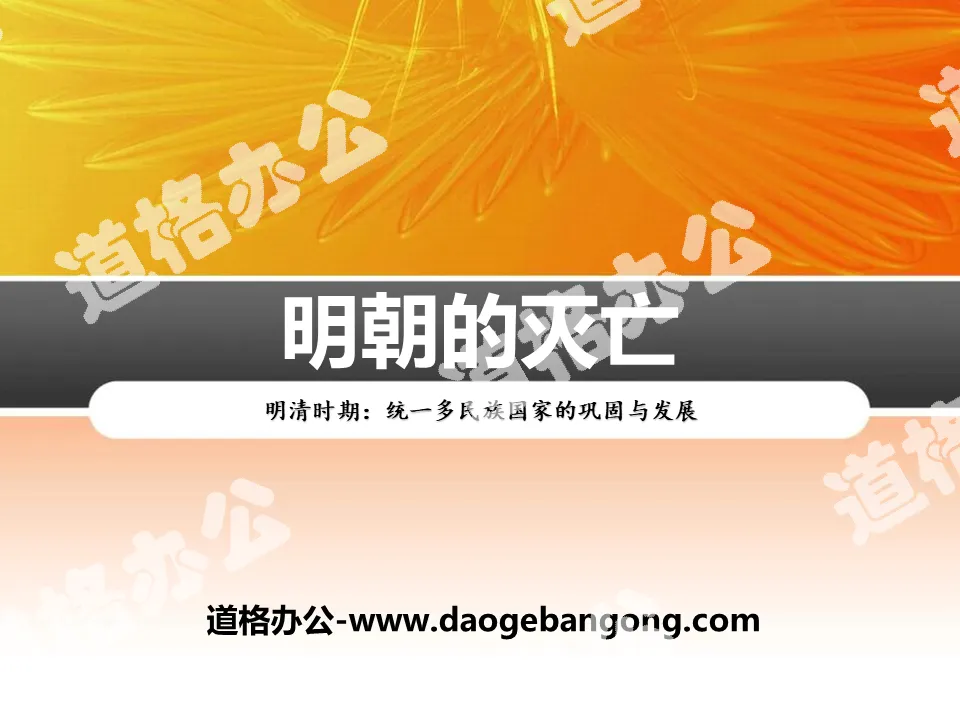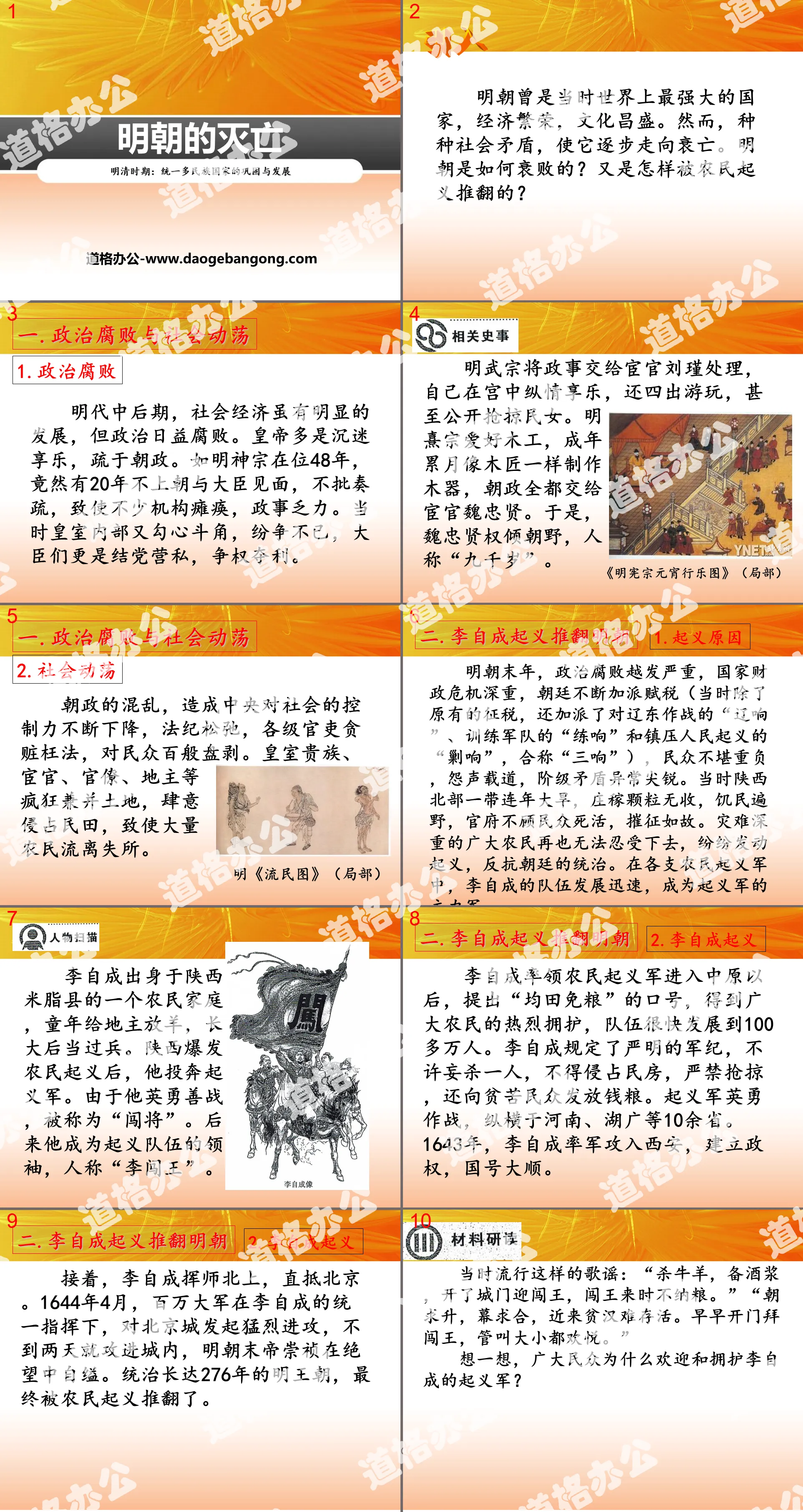The second volume of history for eighth grade compiled by the People's Education Publishing House
Zhonghua Book Company Edition Eighth Grade History Volume 2
People's Education Edition Eighth Grade History Volume 1
Zhonghua Book Company Edition Seventh Grade History Volume 2
People's Education Press Seventh Grade History Volume 1
Volume 1 of the seventh grade history compiled by the People's Education Publishing House
Yuelu Edition Seventh Grade History Volume 2
People's Education Edition History and Society 9th Grade Part II
People's Education Edition Eighth Grade History Volume 2
People's Education Press History and Society Grade 7
East China Normal University Edition Seventh Grade History Volume 1
People's Education Press History and Society Grade 9
People's Education Press Seventh Grade History Volume 2
People's Education Press History and Society for Grade 8 Volume 1
Yuelu Edition Seventh Grade History Volume 1
People's Education Press Ninth Grade History Volume 2

| Category | Format | Size |
|---|---|---|
| People's Education Press Seventh Grade History Volume 2 | pptx | 6 MB |
Description
"The Destruction of the Ming Dynasty" PPT courseware
Part One: Political Corruption and Social Unrest
1. Political corruption
In the middle and late Ming Dynasty, although there was significant social and economic development, politics became increasingly corrupt. Most emperors indulged in pleasure and neglected government affairs. For example, during the 48 years of Ming Shenzong's reign, he did not go to court to meet with ministers or approve memorials for 20 years, which resulted in the paralysis of many institutions and political inefficiency. At that time, there were intrigues and disputes within the royal family, and ministers even formed cliques for selfish interests and fought for power and profit.
Emperor Wuzong of the Ming Dynasty left political affairs to the eunuch Liu Jin. He indulged in pleasure in the palace, went out to play, and even openly robbed women of the people. Emperor Xizong of the Ming Dynasty loved carpentry and made wooden utensils like a carpenter for many years. All government affairs were handed over to the eunuch Wei Zhongxian. As a result, Wei Zhongxian became powerful and became known as "Nine Thousand Years Old".
2. Social unrest
The chaos in government affairs has caused the central government's control over society to continue to decline, laws and disciplines to be lax, officials at all levels to be corrupt and perverting the law, and exploiting the people in every possible way. Royal nobles, eunuchs, bureaucrats, landlords, etc. frantically annexed land and arbitrarily occupied people's fields, causing a large number of peasants to be displaced.
The Destruction of the Ming Dynasty PPT, Part 2: Li Zicheng’s uprising to overthrow the Ming Dynasty
1. Reasons for the uprising
At the end of the Ming Dynasty, political corruption became more and more serious, and the country's financial crisis was severe. The imperial court continued to increase taxes (in addition to the original taxation, it also sent "Liao Xiang" to fight in Liaodong, "Lian Xiang" to train the army, and suppress During the "Suppression of the People's Uprising" (collectively known as the "Three Rings"), the people were overwhelmed, complaining, and class conflicts became extremely acute. At that time, northern Shaanxi was experiencing severe drought for many years, with no crops harvested and hungry people everywhere. The government did not care about the lives of the people and continued to destroy the land. The vast number of farmers who were suffering from the disaster could no longer endure it and launched uprisings one after another to resist the rule of the imperial court. Among the various peasant rebel armies, Li Zicheng's team developed rapidly and became the main force of the rebel army.
2. Li Zicheng’s uprising
After Li Zicheng led the peasant uprising army into the Central Plains, he put forward the slogan of "equal land and free of grain", which won the enthusiastic support of the majority of farmers, and the team soon grew to more than 1 million people. Li Zicheng stipulated strict military disciplines. He was not allowed to kill anyone indiscriminately, was not allowed to occupy civilian houses, and was strictly prohibited from looting. He also distributed money and food to the poor. The rebels fought bravely and spread across more than 10 provinces including Henan and Huguang. In 1643, Li Zicheng led his army to invade Xi'an and established political power. The country was named Dashun.
Then, Li Zicheng sent his troops northward and reached Beijing. In April 1644, a million-strong army under the unified command of Li Zicheng launched a fierce attack on the city of Beijing. They entered the city in less than two days. The last emperor of the Ming Dynasty, Chongzhen, committed suicide in despair. The Ming Dynasty, which ruled for 276 years, was eventually overthrown by a peasant uprising.
The demise of the Ming Dynasty PPT, the third part: the rise of Manchuria and the entry of Qing troops
1. The rise of Manchuria
In the late Ming Dynasty, the Jurchen tribe living in northeastern my country continued to grow and develop. In 1616, Nurhachi unified the Jurchen tribes and established a political power. The country was named Dajin and was known as Houjin in history. Nurhachi led his army to fight against the Ming Dynasty and won successively, which seriously threatened the northern part of the Ming Dynasty. After Nurhachi's death, Huang Taiji succeeded to the throne and continued to attack the Ming Dynasty. In 1635, Huang Taiji changed the name of his family to Manchuria; the following year, he changed the name of his country to Qing.
2. Qing troops enter the customs
After the fall of the Ming Dynasty, just as Li Zicheng was trying to promote national unification, Wu Sangui, a general of the Ming army stationed at Shanhaiguan, surrendered to the Qing Dynasty, led Qing troops into the pass, and jointly attacked Li Zicheng's army with the Qing army. Li Zicheng lost the battle at Shanhaiguan and returned to Beijing. He randomly left Beijing and traveled westward, fighting in various places, and finally failed.
The Destruction of the Ming Dynasty PPT, Part 4: After-school Activities
1. Read the material and answer the questions.
The following is the situation recorded in historical records after the drought in northern Shaanxi in 1628:
People compete to gather grass from the mountains and eat it... After October, when the grass is gone, they peel off the bark of the trees and eat it... At the end of the year, when the bark of the trees is gone, they dig up rocks in the mountains and eat them. ——Volume 86 of "Shaanxi General Chronicles"
What was the situation of the farmers affected by the disaster at that time?
2. Which of the following items are directly related to the demise of the Ming Dynasty, please put a √ in □.
□Corruption in government and eunuchs taking over power
□Severe land annexation
□The imperial court imposed exorbitant taxes and levies
□Nurhaci unified all Jurchen tribes
□Large-scale peasant uprising
□Wu Sangui led Qing troops into the Pass
Keywords: free download of history PPT courseware for the second volume of the seventh grade of the People's Education Press, PPT download of the demise of the Ming Dynasty, .PPT format;
For more information about the "The Destruction of the Ming Dynasty" PPT courseware, please click the "The Destruction of the Ming Dynasty" ppt tag.
"The Destruction of the Ming Dynasty" PPT download:
"The Destruction of the Ming Dynasty" PPT Download Part One: Learning Objectives 1. Understand the dark political rule in the last years of the Ming Dynasty. 2. Analyze the reasons for the outbreak of the peasant uprising in the late Ming Dynasty, and understand the basic process of King Li Chuang overthrowing the Ming Dynasty. 3. Grasp the development of Houjin and the basics of Qing troops entering the customs...
"The Destruction of the Ming Dynasty" PPT:
"The Destruction of the Ming Dynasty" PPT Part One Content: Learning Objectives 1. Political corruption and social unrest in the Ming Dynasty, Li Zicheng's uprising to overthrow the Ming Dynasty 2. Understand and master Nurhachi's unification of Jurchen tribes, the establishment of the Qing Dynasty and his rule over the country. 3. Comparison Nurhachi and other young...
File Info
Update Time: 2024-10-10
This template belongs to History courseware People's Education Press Seventh Grade History Volume 2 industry PPT template
"The Destruction of the Ming Dynasty" PPT courseware Simple campus recruitment activity planning plan summary enterprise and institution recruitment publicity lecture PPT template is a general PPT template for business post competition provided by the manuscript PPT, simple campus recruitment activity planning plan summary enterprise and institution recruitment promotion Lecture PPT template, you can edit and modify the text and pictures in the source file by downloading the source file. If you want more exquisite business PPT templates, you can come to grid resource. Doug resource PPT, massive PPT template slide material download, we only make high-quality PPT templates!
Tips: If you open the template and feel that it is not suitable for all your needs, you can search for related content "The Destruction of the Ming Dynasty" PPT courseware is enough.
How to use the Windows system template
Directly decompress the file and use it with office or wps
How to use the Mac system template
Directly decompress the file and use it Office or wps can be used
Related reading
For more detailed PPT-related tutorials and font tutorials, you can view: Click to see
How to create a high-quality technological sense PPT? 4 ways to share the bottom of the box
Notice
Do not download in WeChat, Zhihu, QQ, built-in browsers, please use mobile browsers to download! If you are a mobile phone user, please download it on your computer!
1. The manuscript PPT is only for study and reference, please delete it 24 hours after downloading.
2. If the resource involves your legitimate rights and interests, delete it immediately.
3. Contact information: service@daogebangong.com
"The Destruction of the Ming Dynasty" PPT courseware, due to usage restrictions, it is only for personal study and reference use. For commercial use, please go to the relevant official website for authorization.
(Personal non-commercial use refers to the use of this font to complete the display of personal works, including but not limited to the design of personal papers, resumes, etc.)
Preview










